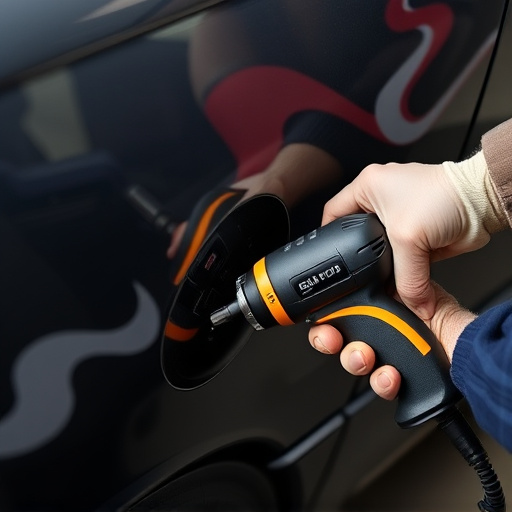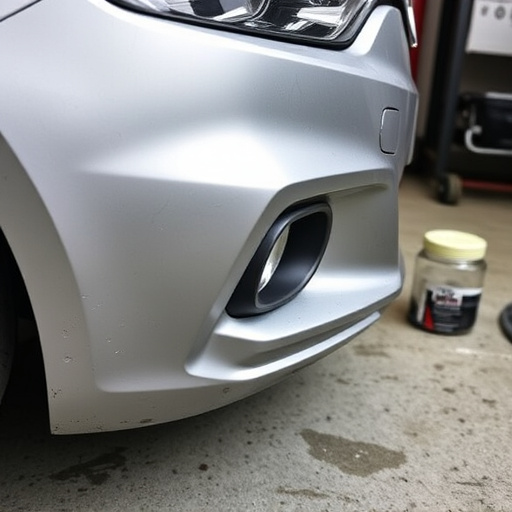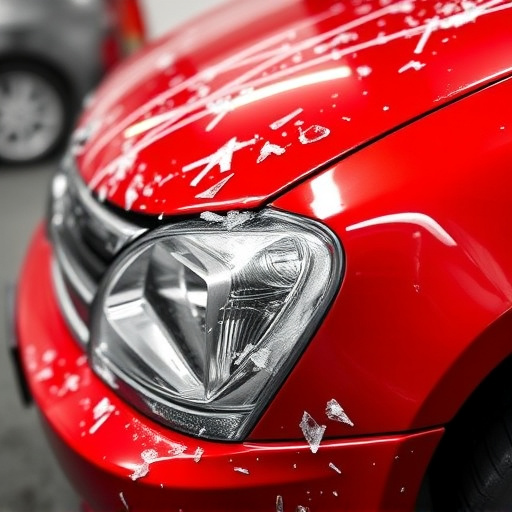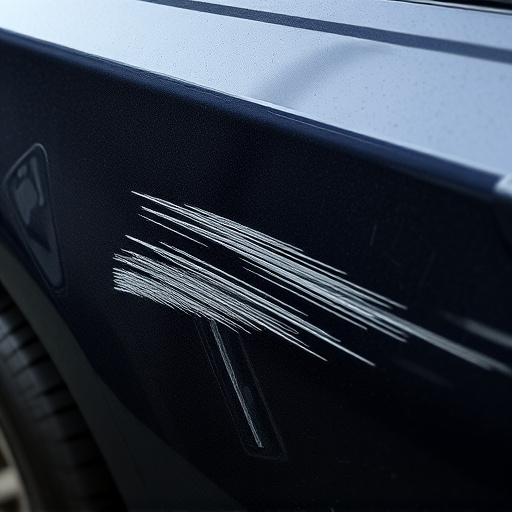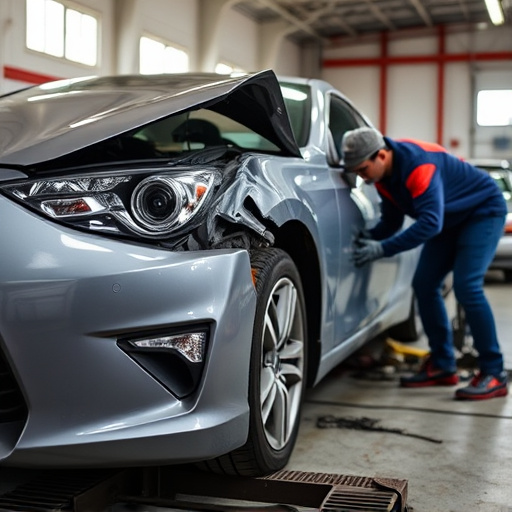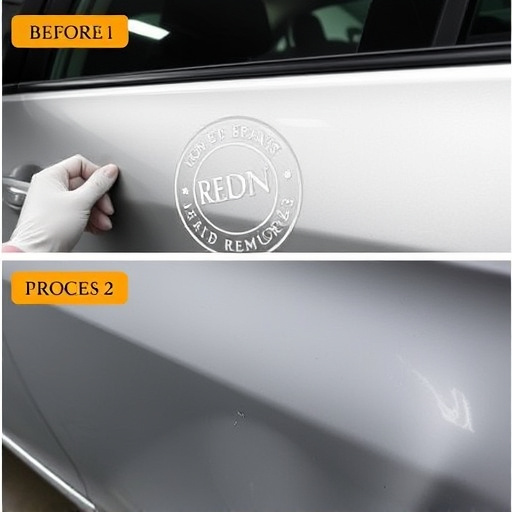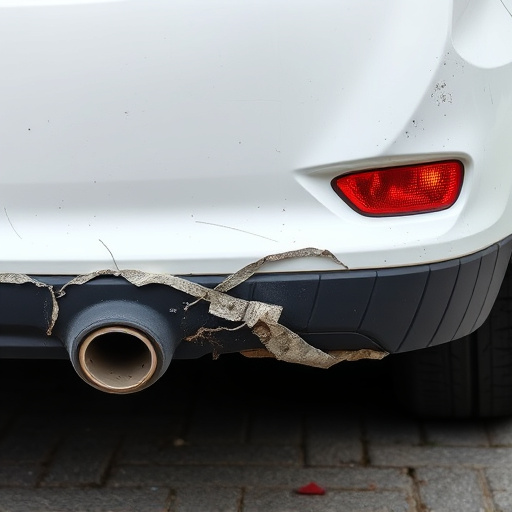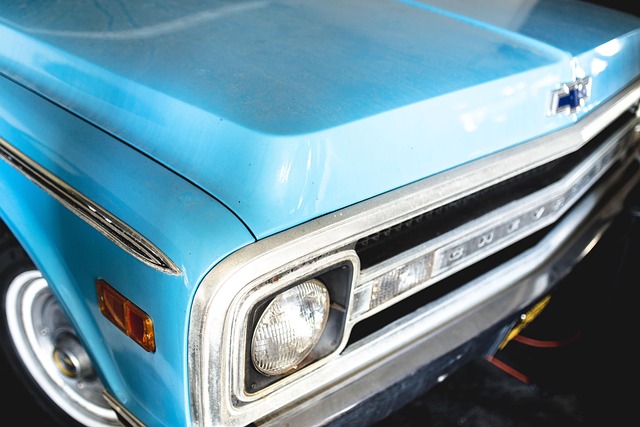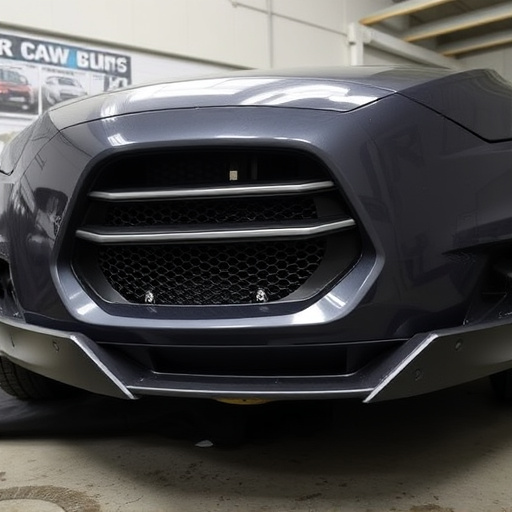Shop-based PDR offers precise repairs and transparency, while mobile PDR services provide flexibility, accessibility, and competitive rates by eliminating physical shop costs. Mobile options are ideal for remote areas or busy schedules, offering on-demand quick fixes with advanced techniques, making it an appealing choice for budget-conscious consumers seeking faster turnaround times.
In today’s competitive automotive repair landscape, understanding the nuances between shop-based and mobile PDR (Paintless Dent Repair) service models is crucial. While shop-based services offer a traditional, established approach, mobile PDR services revolutionize the industry with their flexibility and accessibility. This article delves into these contrasting models, examining key differences in cost, time, and customer experience to help automotive professionals make informed decisions regarding their business strategy. Discover how mobile PDR services are transforming the way we think about dent repair.
- Understanding Shop-Based PDR Services: Traditional Model
- Advantages of Mobile PDR Services: Flexibility & Accessibility
- Key Differences: Cost, Time, and Customer Experience
Understanding Shop-Based PDR Services: Traditional Model
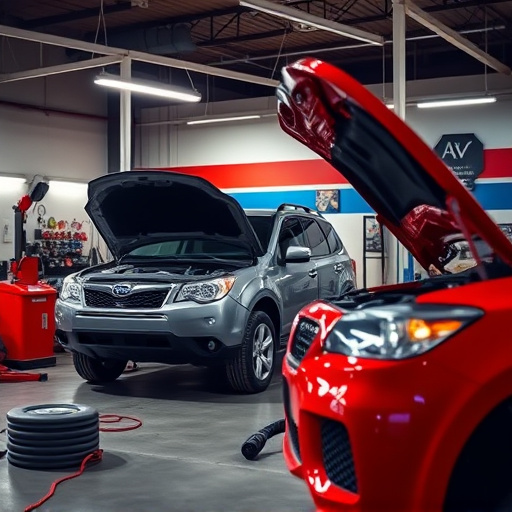
Shop-based PDR (Paintless Dent Repair) services represent a traditional model that has been around for years. In this setup, customers bring their vehicles to a fixed car body shop, where skilled technicians assess and repair dents and scratches. This method offers several advantages, such as dedicated space for specialized tools and equipment, which can enhance precision and efficiency in automotive restoration. Technicians have easy access to all necessary resources, making it an ideal choice for complex repairs that require intricate detail work.
The shop-based approach also provides a controlled environment, ensuring customers can observe the repair process. This transparency is often valued by those seeking vehicle restoration, as they can witness the expertise and techniques employed to bring their car back to its original condition. Moreover, many traditional car body shops have established reputations, offering peace of mind and high-quality workmanship.
Advantages of Mobile PDR Services: Flexibility & Accessibility
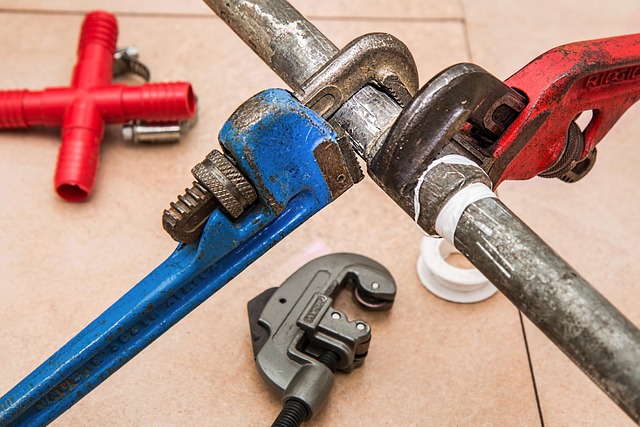
Mobile PDR services offer a level of flexibility and accessibility that traditional shop-based models can’t match. With a fully equipped mobile unit, technicians can bring their expertise directly to clients’ locations, saving them both time and effort. This is particularly advantageous for those in remote areas or with busy schedules who may not have the convenience of visiting a physical shop.
Whether it’s a quick fix at home, work, or even during travel, mobile PDR allows for on-demand service, eliminating the need for clients to transport their vehicles. Moreover, this model streamlines the entire process, from initial assessment to final repair, ensuring customers receive prompt and efficient auto body repair services, including state-of-the-art paintless dent repair and frame straightening techniques.
Key Differences: Cost, Time, and Customer Experience
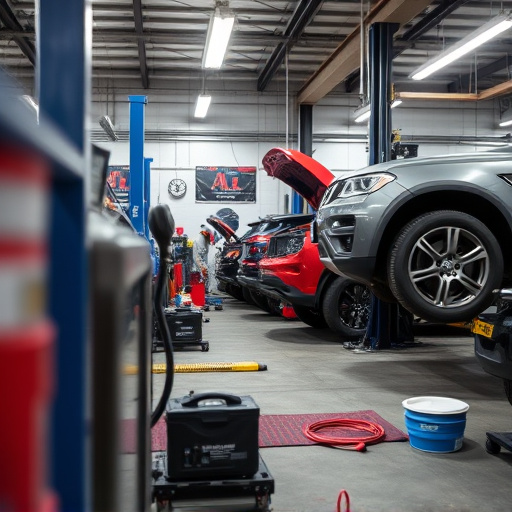
When comparing shop-based versus mobile PDR (Paintless Dent Repair) service models, one of the most significant differences lies in cost. Shop-based services tend to have higher operational expenses due to rent, equipment maintenance, and staff salaries, which often result in higher pricing for customers. In contrast, mobile PDR services operate with lower overhead costs since they come to the customer’s location, eliminating the need for a physical shop. This allows them to offer competitive rates on car repair services, making it an attractive option for budget-conscious consumers.
Time is another critical factor that sets these two models apart. Shop-based car repair shops typically have set operating hours, which means customers must schedule appointments in advance. This can be inconvenient, especially for those with busy schedules or unexpected dent needs. On the other hand, mobile PDR services provide a more flexible and efficient solution. Technicians visit customers at their convenience, saving time on travel and waiting, and getting cars back to their owners faster. This is particularly beneficial for quick repairs on car bodywork.
When considering a mobile PDR service versus shop-based models, the choice depends on balancing flexibility, accessibility, cost, and customer experience. While shop-based services offer structured environments and established processes, mobile PDR services provide convenience and adaptability, appealing to modern consumers’ demands. Ultimately, understanding these differences can help businesses and customers alike make informed decisions that best suit their unique needs and preferences in the evolving landscape of vehicle repair and maintenance.
